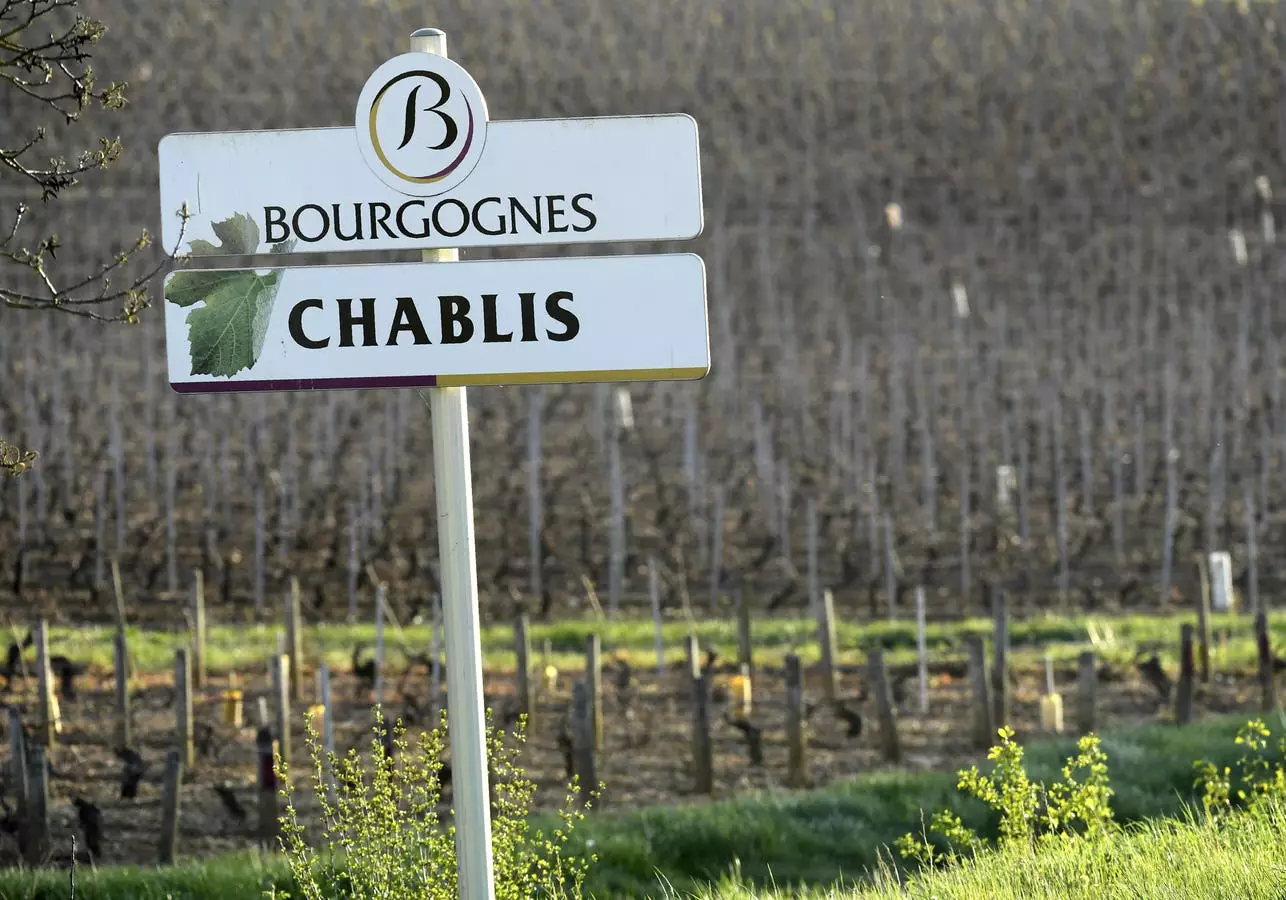As I embarked on a tasting journey in the Chablis region of France, I couldn’t help but feel a sense of excitement and trepidation. The setting was unfamiliar, the wines were new to me, and the company was made up of strangers from Atlanta’s wine scene. It was a departure from my usual wine writing experiences, and in many ways, it reminded me of my early days as a wine writer in Boston over 15 years ago. Back then, I had a simple style guide that focused on taking the reader on a journey, as if we were experiencing the event together.
One of the most striking aspects of the Chablis wines I sampled was their freshness. These wines exuded a certain sassiness and vitality that set them apart from the heavy-oak, big-fruit Chardonnays commonly found in California. Despite their age, the Chablis wines maintained a youthful vigor, with a crisp acidity that provided structure, purity, and balance. The absence of oak aging in Chablis wines was a revelation, offering a new perspective on what Chardonnay can truly be.
Within the Chablis region, there are five distinct appellations that delineate the geographical and qualitative differences of the wines produced there. From Petit Chablis to Chablis Premier Cru to Chablis Grand Cru, each appellation offers a unique expression of the terroir and winemaking practices. While these distinctions may not be immediately apparent to the general public, they play a crucial role in shaping the identity of Chablis wines. It is the responsibility of industry professionals to educate consumers about these nuances and help them navigate the diverse world of Chablis.
Fine Chablis wines possess a certain charm and allure that sets them apart from other white Burgundies. While they are part of the Burgundy region, they maintain a sense of accessibility and approachability that makes them appealing to a wider audience. The close proximity of Chablis to Paris and Champagne adds to its allure, though a car is necessary to fully explore the region and appreciate its intimate beauty. While generic Chablis bottles may be readily available, the true gems are the Premier Cru and Grand Cru labels, which represent the pinnacle of Chablis production despite their limited availability.
My journey through the Chablis region was a reminder of the joy and excitement that comes with exploring new wines and regions. The freshness and vitality of Chablis wines, the intricate distinctions between appellations, and the hidden gems waiting to be discovered all contribute to the allure of this unique wine region. As a wine writer, it is my duty to share these experiences and insights with readers, inviting them to embark on their own explorations of the world of wine. Chablis is more than just a region – it is a journey of discovery and appreciation for the beauty and complexity of wine.


Leave a Reply